What is a platform as a service (PaaS)?
Platform as a service (PaaS) is also known as application platform as a Service (aPaaS) and is a cloud computing model in which a third-party provider provides software and hardware tools – often tools required for application development – to consumers via the internet. The PaaS provider hosts the software and hardware on its own infrastructure so users do not need to install in-house software and hardware to develop or run a new app. PaaS is a member of the cloud computing tools family which also includes Infrastructure as a Service (IaaS), Software as a Service (SaaS) and Everything as a Service (XaaS).
PaaS can take three forms:
- As software deployed on a public infrastructure as a service;
- As a private service (software or appliance) behind a firewall;
- As a public cloud service from a provider, in which the user has control over the deployment of software with few configuration options, and the provider produces the servers, storage, networks, middleware, database, operating system and other services to host the user’s application.
How does a PaaS work?
Businesses rely on PaaS providers for main services like application hosting for example. The PaaS provider creates an environment in which users (developers and companies) can install, create, host and deploy applications and data sets. Therefore, users don’t need to construct and maintain complex underlying services (setting up, configuring and managing elements such as servers and databases) and infrastructure and can focus on creating and running applications instead.
A PaaS improves the speed of developing an app and allows the user to focus on the application itself. Development tools provided by the PaaS provider are customized according to the needs of the user and the user can choose to maintain the PaaS software, or have the provider maintain it.

What does PaaS offer?
PaaS can offer: application development, facilities for application design, testing and deployment, services such as web service integration, team collaboration, marshalling, database integration, scalability, security, storage, state management, persistence, application versioning, application instrumentation, and developer community facilitation. As well as the service engineering aspects, PaaS may also offer mechanisms for service management, such as monitoring, workflow management, discovery and reservation.
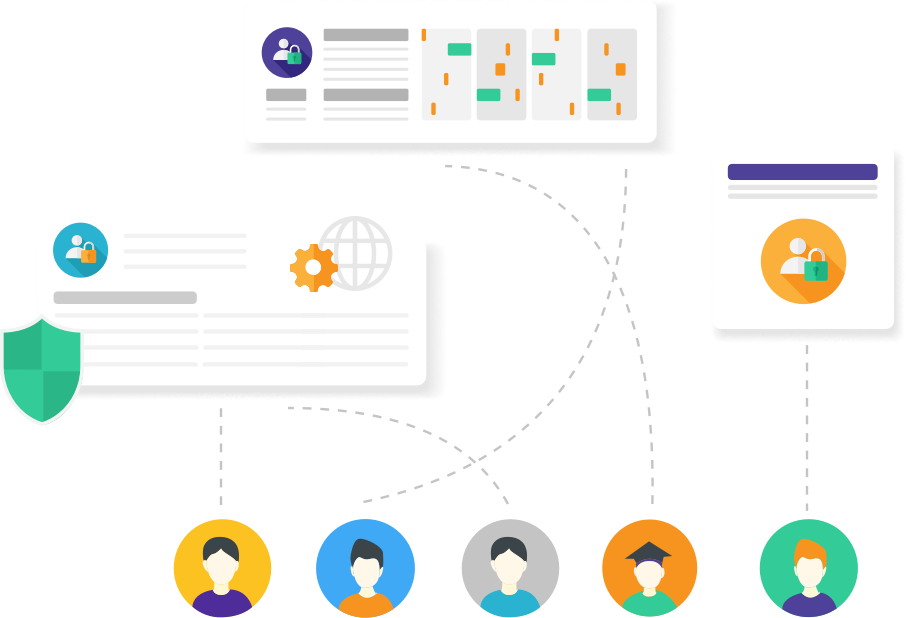
The history of PaaS
Before PaaS as we know it came about, the first public platform as a service was created in 2005 and launched in 2006 by Fotango, a London-based company owned by Canon Europe and was known as “Zimki”. Zimki was a JavaScript web app development computing platform and it eliminated the monotonous tasks that became very repetitive when creating web apps and services. Zimki carried out all operations and aspects of infrastructure automatically i.e. configuration, security, backups, scaling and provisioning.
It was a pay-as-you-go code execution platform which allowed developers to create and deploy web services or apps without running-up start-up costs on a utility-based computing platform. It provided a multi-tenant platform that used a single language – Javascript – so developers could create complete apps and all functions within Zimki could be exposed as web services.
Zimki stopped running in 2007 as it was decided that it wasn’t core. It had demonstrated the technical viability of a PaaS but showed the dangers of being dependent on a single provider. The provider of Zimki then started to talk about Framework as a Service (later renamed as Platform as a Service) and in 2008, Google launched App Engine that was originally limited to 10,000 developers. This was considered as a revolution in cloud computing and is credited with turning it into a big industry overnight.
The original goal of PaaS was to simplify the process of code-writing for developers, with the PaaS provider handling the infrastructure and operations. In the beginning, all PaaS were in the public cloud but since a lot of businesses did not want everything in the public cloud, hybrid and private PaaS options (managed by internal IT departments) were established.
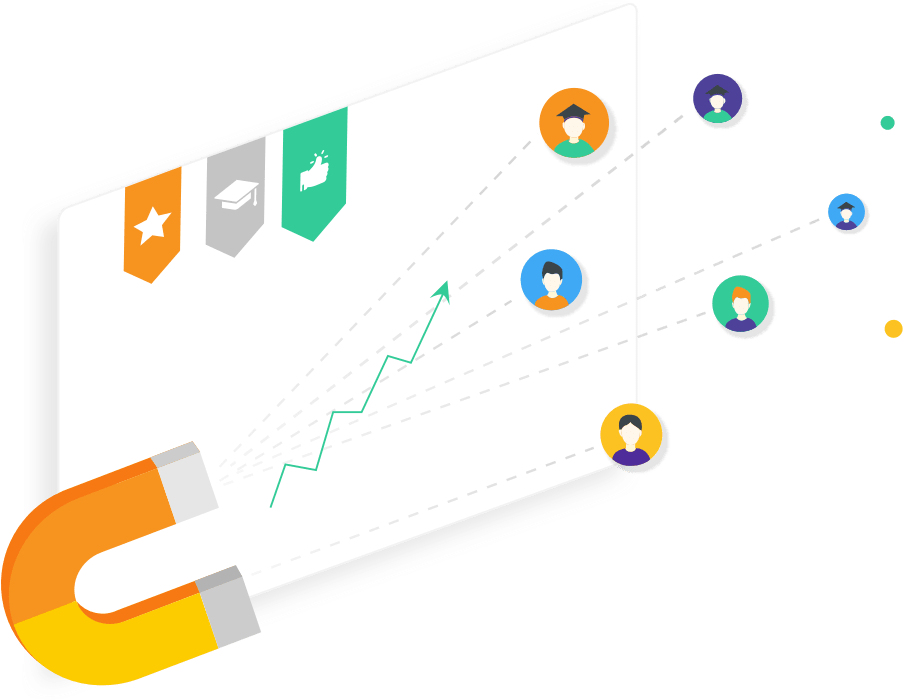
Why use a PaaS?
PaaS helps users and developers to concentrate on building great applications with clicks & code while removing the need to deal with operating systems and infrastructure. Development servers, programming environments and tools can be accessed via the cloud and do not need to be created in-house, thus removing the expense and complexity of creating them. Applications can be developed and hosted faster, at a low cost and without the inefficiencies and delays that infrastructure issues can cause. In other words, PaaS lets developers focus on what they do best, resulting in fast, high-quality results. Ultimately, PaaS gets rid of the cost and complex nature of buying, configuring, evaluating and managing all the software and hardware required for custom-built applications.
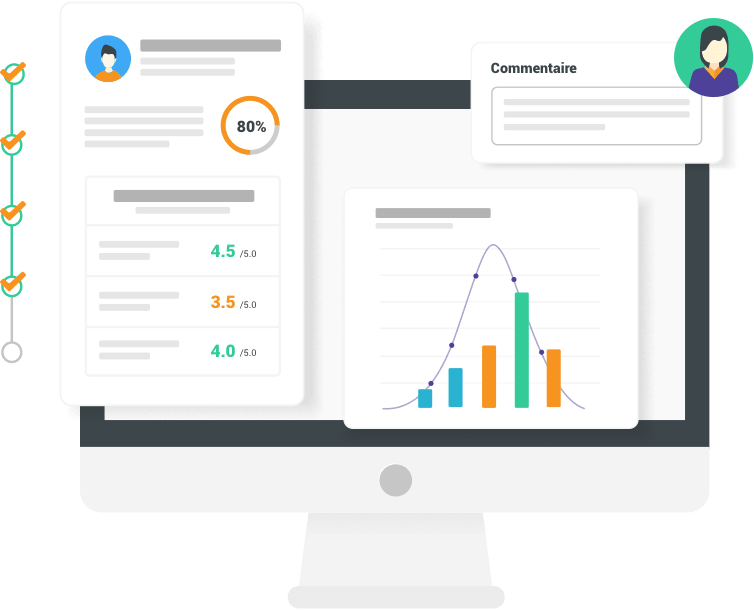
The advantages of PaaS
Cloud computing has many advantages which makes choosing a PaaS a great way to improve and optimize your business:
- Time saving: Apps can be developed faster as developers are no longer responsible for the software and hardware used to build, protect and maintain the application platform. It is also quick to start since once a company has signed up for a PaaS, they can start working with it immediately.
- Cost saving: Since there is no need to build anything before developers begin developing apps, upfront costs are reduced. PaaS providers often charge on a per-use basis, which is preferable for many companies as it eliminates the capital expenses they traditionally incur for on-premises hardware and software. Though some providers do charge a monthly fee for the PaaS, you generally only pay for what you use, meaning you can use the money saved to focus on other operations and business growth.
- Simple and convenient: The fact that the PaaS provider supplies much of the infrastructure that can be accessed via a web browser means that it is super simple and convenient to use. Plus, there is unlimited space on the cloud for a PaaS so even if your company grows at a rapid pace, there will always be room for your PaaS. In short, Paas allows for higher-level programming with dramatically reduced complexity.
- Scaling: When building the platform itself, a business needs to work out the size of platform to optimize: the scale of the company as it is or the scale the company might be in the future. The first option leaves the company possibly needing to redo the platform as the business grows whereas the second option might end up wasting money and resources if it takes a long time for the company to grow. PaaS takes away this dilemma since it is a cloud-based solution so the company does not need to decide on the size required, the provider can expand the PaaS as the business expands and scale back when demand is low.
- Increased availability and data security: When it comes to traditional hard and software, many companies have no procedures for backup, restore and general contingency plans in case of loss of information or hardware failure. With cloud computing (and therefore PaaS) all data is constantly backed-up so your important information will never be lost.
- Add development capabilities without adding staff: PaaS components can give your development team new capabilities without your needing to add staff with the required technical skills.
- Develop for multiple platforms more easily: Some PaaS service providers give you development options for multiple platforms, such as computers, mobile devices, and browsers making cross-platform apps quicker and easier to develop.
- Remote development teams can work together: Because the development environment is accessed over the Internet, development teams can work together on projects even when team members are in remote locations.
- Easier IT maintenance: Maintenance costs of traditional hard and software could be quite high for companies, especially when something stops working. But since the provider takes care of the PaaS and any problems it encounters, the users only have to take care of the apps themselves, thus saving time and reducing IT overhead.
The downside of PaaS
- Service availability of the PaaS can sometimes be a problem when there is a service outage or other infrastructure disruption and this can affect customers and lead to a lapse of productivity if they are unable to work;
- Internal changes to a PaaS can be a potential issue if a provider stops supporting a certain programming language or chooses to use a different set of development tools. Again, the impact on users can be disruptive. PaaS users must follow the provider’s roadmap in order to understand how the provider’s plan could affect the PaaS’ capabilities.
- Some cite reduced control as a downside since the PaaS provider has the major control of it
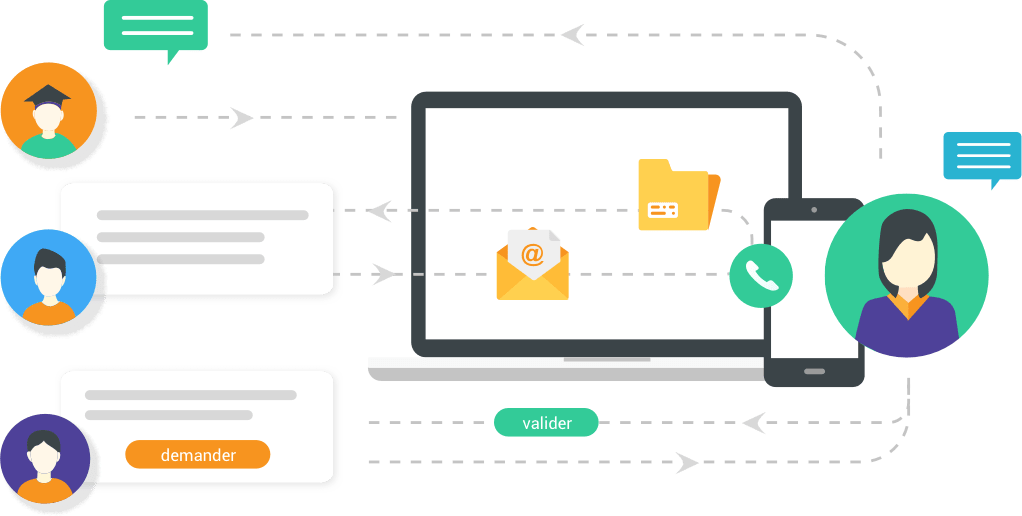
The future of PaaS
PaaS in cloud computing is evolving quickly. The next step will be micro PaaS for microservice applications that need a platform that is dynamic and flexible and PaaS will evolve to fill that need. Micro PaaS lets developers create isolated, instant, development environments, then deploy that same environment to production. This development to production parity is going to be big. And the distributable nature of these environments means that there is no longer a need to be tied down to any one particular host. Applications don’t need a “full stack” or “single host” PaaS offerings, they need an underlying host.
As the digital environment continues to grow, there are more and more drivers for adopting a PaaS:
- increasing broadband access and speed;
- the growing popularity of web interfaces;
- more use nowadays of mobile and mobile apps in business;
- the increasing standardization of digital technologies
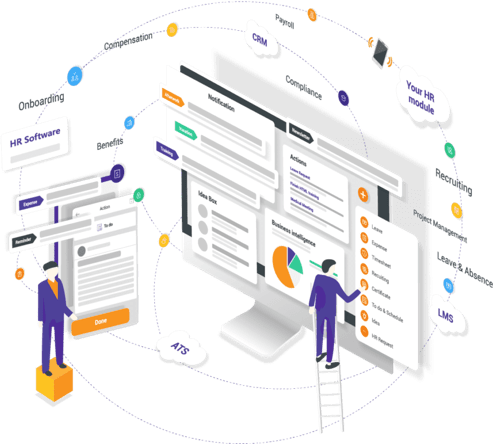
PeopleSpheres’ integration platform for stronger employee engagement
Access all your software through one unique integration platform and increase employee engagement: simply connect your various HR software to PeopleSpheres’ unique integration platform that provides you with both a Core HR and a wonderful employee experience for stronger employee engagement. Every time you need to add a new software to the integration platform, simply pick up a partner tool (Cornerstone OnDemand, Finfit, CSOD…) from the marketplace or connect another tool of your own.
The one-stop-shop employee portal stores all employee data safely including salary, bank account details, diplomas held, bonuses… Data is automatically updated in the integration platform from all your connected software so you can save time and avoid data entry mistakes. You can manage your own corporate directory in the integration platform and find employees easily by skills or other specific criteria.
Customize your unique and unified user profile thanks to various widgets in the Core HR (appointments calendar, internal events, to-do list, new training courses…), modify your data at any time, make leave and expense requests and check your team availability status from this same dashboard.
Through the integration platform, you can accept or reject employees’ requests and send automatic notifications to employees regarding future events. You will receive a weekly notification digest e-mail and reduce e-mail inbox pollution.
The Core HR lets you promote collective intelligence and increases employee engagement thanks to the ideas box accessible from the user profile. Through the integration platform, you can conduct surveys and give staff access to employee services and on-demand content.
Using PeopleSpheres’ integration platform increases employee engagement by giving your employees the freedom to navigate through a centralized platform and connect with your HR service at will, thus bringing employees and employers closer.
Switching to PeopleSpheres’ integration platform will save you loads of time to spend on other tasks, it is easy to use, will help you to optimize the performance of your HR teams and retain talent in your company. Speak to one of our team today to see how our integration platform can help your business.